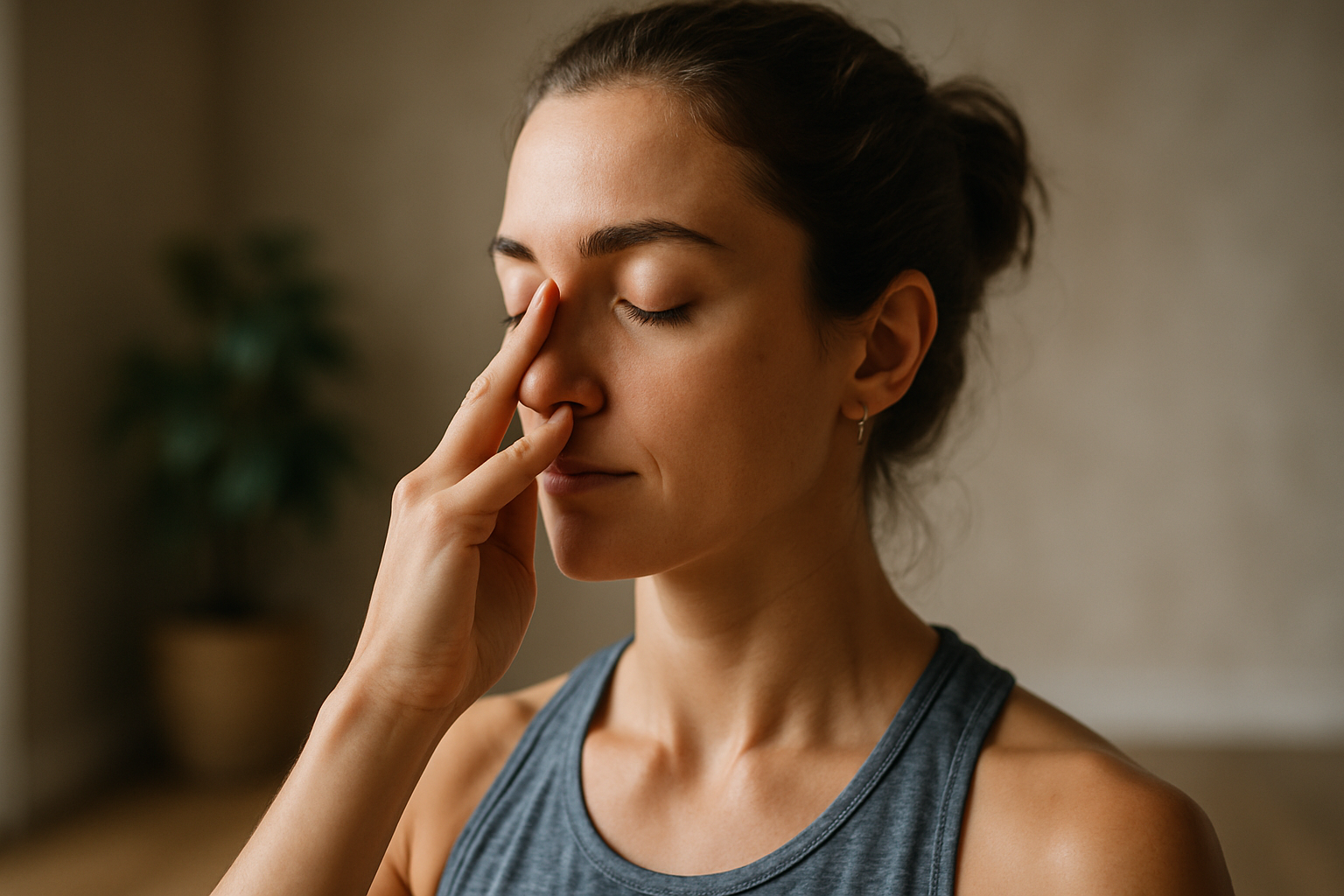Enhancing Posture and Balance with Guided Techniques
Yoga, an ancient practice integrating physical postures, breathing exercises, and meditation, offers a comprehensive approach to physical and mental wellbeing. Its guided techniques are particularly effective in cultivating awareness of the body, leading to significant improvements in posture and overall balance. By engaging muscles often overlooked in daily life and promoting spinal alignment, yoga provides a structured pathway to greater stability and bodily control, benefiting individuals across various fitness levels.

Understanding the Principles of Yoga for Posture and Balance
Yoga fundamentally emphasizes the connection between mind and body, which is crucial for developing better posture and balance. Through a series of carefully designed poses, practitioners learn to distribute their weight evenly, engage core muscles, and align their spine. This conscious engagement helps to counteract common postural imbalances caused by prolonged sitting or repetitive movements. The focus on alignment in each pose encourages the body to find its natural center of gravity, laying the groundwork for improved stability.
The practice also builds proprioception, which is the body’s ability to sense its position, movement, and action. Enhanced proprioception directly translates to better balance, as the nervous system becomes more adept at receiving and interpreting signals from muscles and joints. Regular practice helps to strengthen the deep stabilizing muscles, particularly around the spine and core, which are essential for maintaining an upright and stable posture throughout daily activities.
How Does Yoga Improve Flexibility and Strength?
Yoga’s diverse range of postures, or asanas, systematically work through the body to enhance both flexibility and strength. Many poses involve holding positions that gently stretch muscles and connective tissues, increasing the range of motion in joints over time. This improved flexibility allows for greater ease of movement and can alleviate stiffness that often contributes to poor posture.
Simultaneously, holding yoga poses requires muscular engagement, building functional strength. This is not just about isolated muscle groups but about developing strength that supports the entire kinetic chain. For instance, standing poses challenge leg and core strength, while inversions and arm balances build upper body and core stability. This balanced development of strength and flexibility is vital for supporting the skeletal structure and maintaining a balanced, upright posture.
The Role of Mindfulness and Breathing in Yoga Practice
Mindfulness, a core component of yoga, involves paying attention to the present moment without judgment. In the context of posture and balance, mindfulness helps individuals become more aware of their physical habits and misalignments. By consciously observing how they hold their body, practitioners can identify and correct imbalances, both on and off the mat. This heightened self-awareness is a powerful tool for long-term postural improvement.
Breathing techniques, known as pranayama, are integrated into yoga to regulate the nervous system and deepen the mind-body connection. Deep, conscious breathing helps to relax tense muscles, particularly those in the shoulders and neck that often contribute to poor posture. Furthermore, controlled breathing strengthens the diaphragm and core muscles, which are integral to spinal stability and overall balance. A calm and focused mind, cultivated through mindful breathing, also contributes to greater steadiness in physical poses.
Integrating Relaxation and Stress Reduction Techniques
Beyond physical postures, yoga incorporates relaxation and stress reduction techniques that indirectly support better posture and balance. Chronic stress often manifests as physical tension, leading to hunched shoulders, tightened jaws, and shallow breathing—all of which can negatively impact posture. Practices like Savasana (Corpse Pose) and guided meditation help to release this physical and mental tension.
By reducing stress, yoga allows the body to relax into its natural alignment, rather than holding itself in a rigid, protective stance. A relaxed nervous system promotes better muscle function and reduces the likelihood of compensatory movements that can throw off balance. The overall sense of calm and wellbeing fostered by yoga contributes to a more confident and upright physical presence.
Exploring Different Yoga Styles for Enhanced Wellbeing
Various yoga styles offer distinct approaches to enhancing posture and balance, catering to different needs and preferences. Hatha yoga, often considered a foundational style, focuses on holding basic poses for several breaths, emphasizing alignment and stability. This deliberate pace allows practitioners to deeply understand each posture and its impact on their body.
Iyengar yoga, known for its meticulous attention to detail and the use of props like blocks, straps, and blankets, is particularly beneficial for refining alignment and building foundational strength. Vinyasa yoga, characterized by its flowing sequences synchronized with breath, builds endurance, flexibility, and dynamic balance. For those seeking deeper relaxation and flexibility, Yin yoga targets connective tissues with longer-held, passive stretches. Exploring these styles can help individuals find a practice that best supports their goals for improved posture and balance, contributing to overall wellbeing.
Considering Participation in Yoga Classes
Engaging in yoga classes can provide a structured environment for learning and developing consistent practice. Experienced instructors offer guidance on proper alignment, modifications for individual needs, and insights into the deeper principles of yoga. This hands-on instruction is invaluable for ensuring safe and effective practice, particularly when working on specific goals like enhancing posture and balance.
Many studios offer introductory classes or beginner series designed to introduce fundamental poses and concepts. These classes often focus on building body awareness and correct form, which are critical for preventing injuries and maximizing the benefits of yoga. Participating in a group setting can also provide motivation and a sense of community, encouraging regular attendance and sustained effort in one’s journey toward improved physical and mental health.
Yoga offers a holistic path to enhancing posture and balance, integrating physical movement with mental focus. Through consistent practice of its guided techniques, individuals can cultivate greater body awareness, strengthen stabilizing muscles, improve flexibility, and reduce stress. These combined benefits contribute to a more aligned, stable, and resilient body, fostering overall physical wellbeing and a sense of calm.





